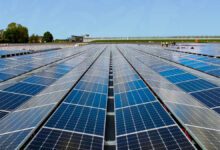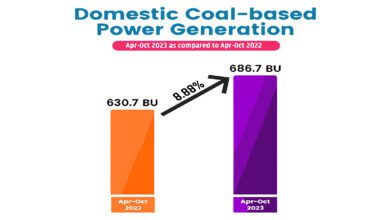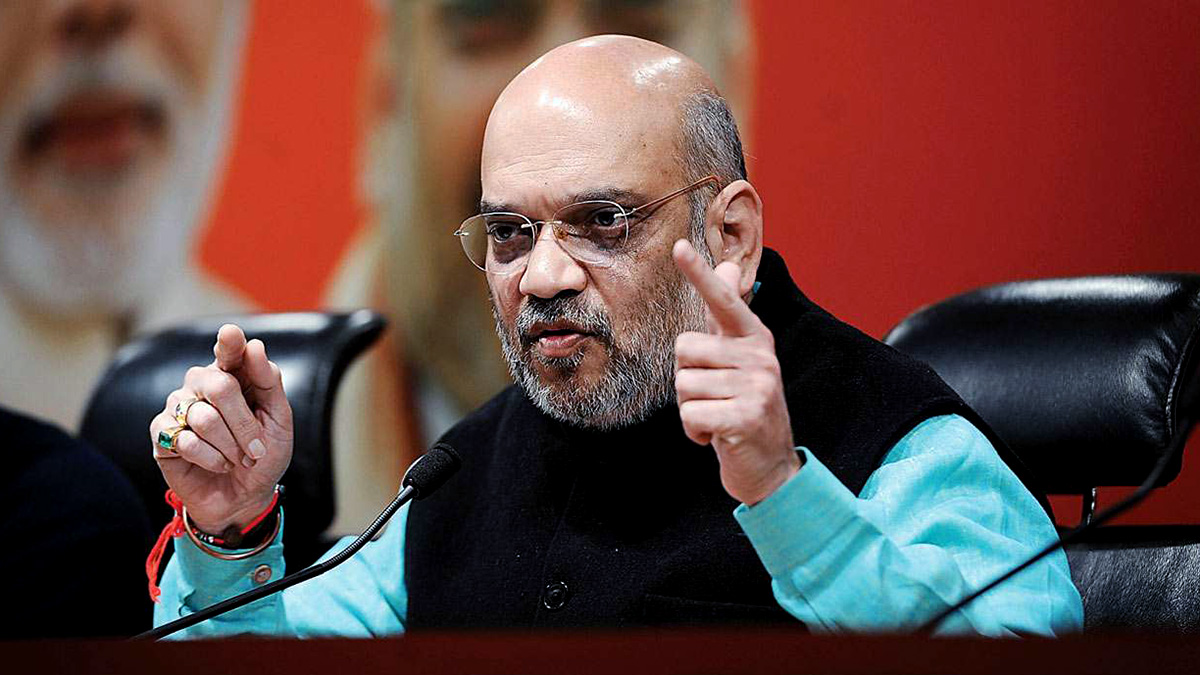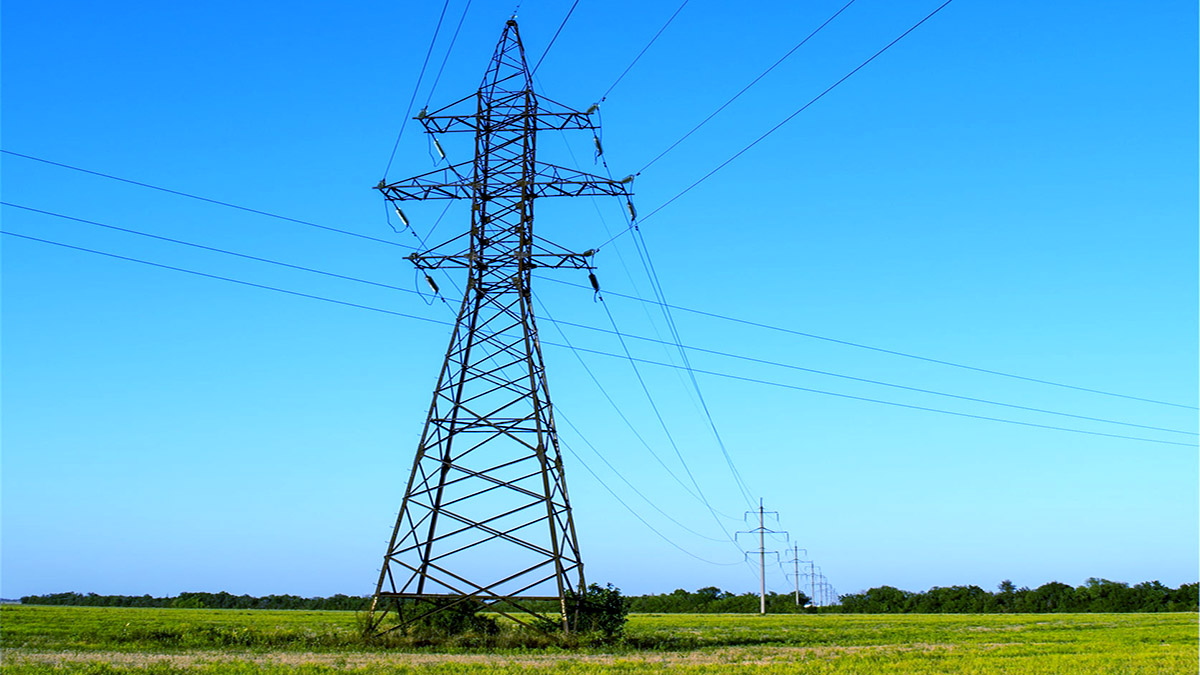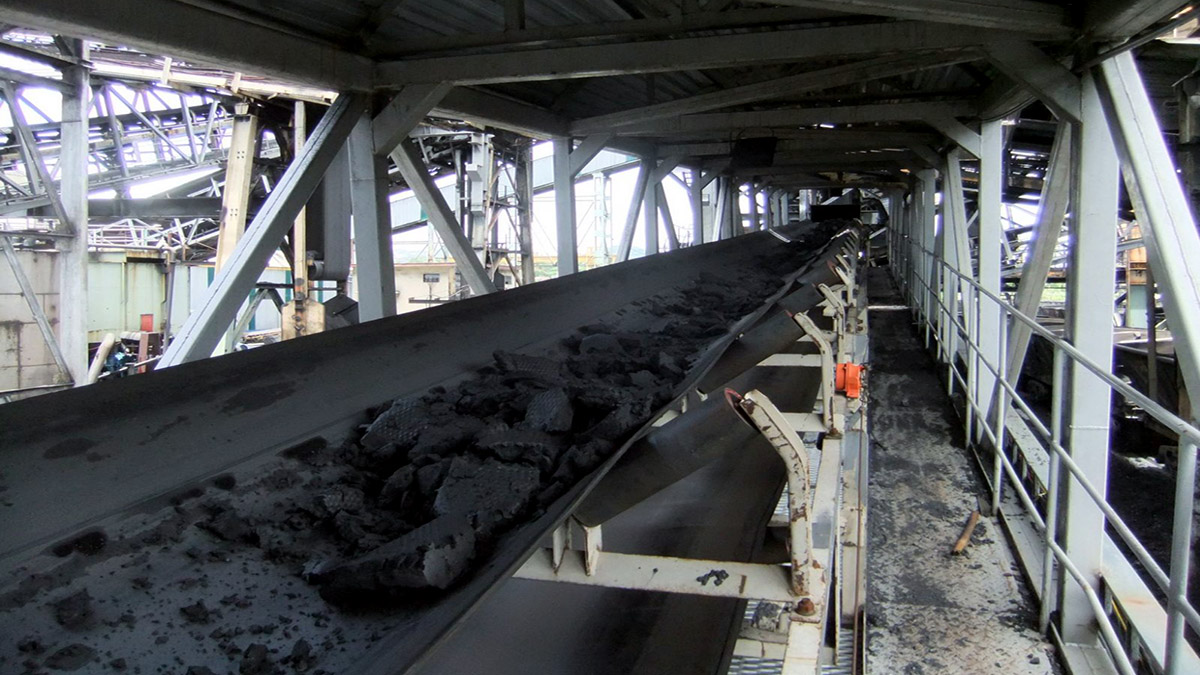A groundbreaking report, “Keeping it Chill: How to meet cooling demands while cutting emissions,” was released during the COP28 climate talks in Dubai. The report, led by the UN Environment Programme’s Cool Coalition, outlines key measures that could reduce the power consumption of cooling equipment and cut at least 60% off predicted 2050 sectoral emissions. The initiative is in support of the Global Cooling Pledge, with over 60 countries committing to reducing the climate impact of the cooling sector.
The report focuses on three sustainable cooling measures: passive cooling, higher-energy efficiency standards, and a faster phase-down of climate-warming refrigerants. Implementing these measures alone could achieve a 60% reduction in sectoral emissions. Moreover, adding rapid power grid decarbonization would push the reduction to an impressive 96%.
Dr Sultan Al Jaber, COP28 President, emphasized the critical nature of this effort as temperatures rise, underlining the importance of improving energy efficiency and reducing emissions in the cooling sector. The report aims to address the urgent need to provide sustainable cooling access to vulnerable communities, ultimately saving lives and preserving economies.
The report highlights the challenges posed by climate change, population growth, and urbanization, which are driving an unsustainable increase in cooling demand. Currently, cooling equipment accounts for 20% of total electricity consumption, a figure expected to more than double by 2050. If left unaddressed, emissions from cooling could surpass 10% of global emissions by 2050.
Inefficient equipment, particularly air-conditioners and refrigerators, will necessitate significant investments in electricity infrastructure, resulting in high electricity bills, particularly in Africa and South Asia.
Implementing the report’s recommendations could lead to a reduction of 3.8 billion tons of CO2e by 2050. This reduction would enable an additional 3.5 billion people to access refrigeration or air conditioning by 2050. Moreover, it could reduce electricity bills by $1 trillion in 2050, with cumulative savings of $17 trillion between 2022 and 2050.
Furthermore, these measures could cut peak power requirements by 1.5 to 2 terawatts, almost double the EU’s total generation capacity today, and avoid power generation investments in the range of $4 to $5 trillion.
The report emphasizes key actions, including passive cooling strategies like insulation, natural shading, ventilation, and reflective surfaces. These measures alone could reduce cooling demand growth by 24% in 2050.
Additionally, higher energy efficiency standards and better labelling for cooling equipment are recommended to triple the global average efficiency by 2050. The report also advocates for faster action on the Kigali Amendment to the Montreal Protocol, which aims to phase down climate-warming hydrofluorocarbon (HFC) refrigerants.
The transition to sustainable cooling is projected to save $22 trillion in life-cycle costs, making the shift affordable. Financial tools such as on-bill financing, risk-sharing facilities, public and private investments, and green mortgages will be crucial. For developing countries, dedicated concessional finance will be needed, along with incorporating sustainable cooling criteria into banks’ lending practices.
In a statement, Inger Andersen, Executive Director of UNEP, underscored that sustainable cooling growth is an opportunity to cut global warming, improve lives, and realize substantial financial savings. The report calls for immediate global action to ensure a low-carbon cooling future, and with the support of the Global Cooling Pledge, nations are now stepping up to this vital challenge.




